Defibrillators in the Workplace – How prepared is your workplace for a medical emergency?
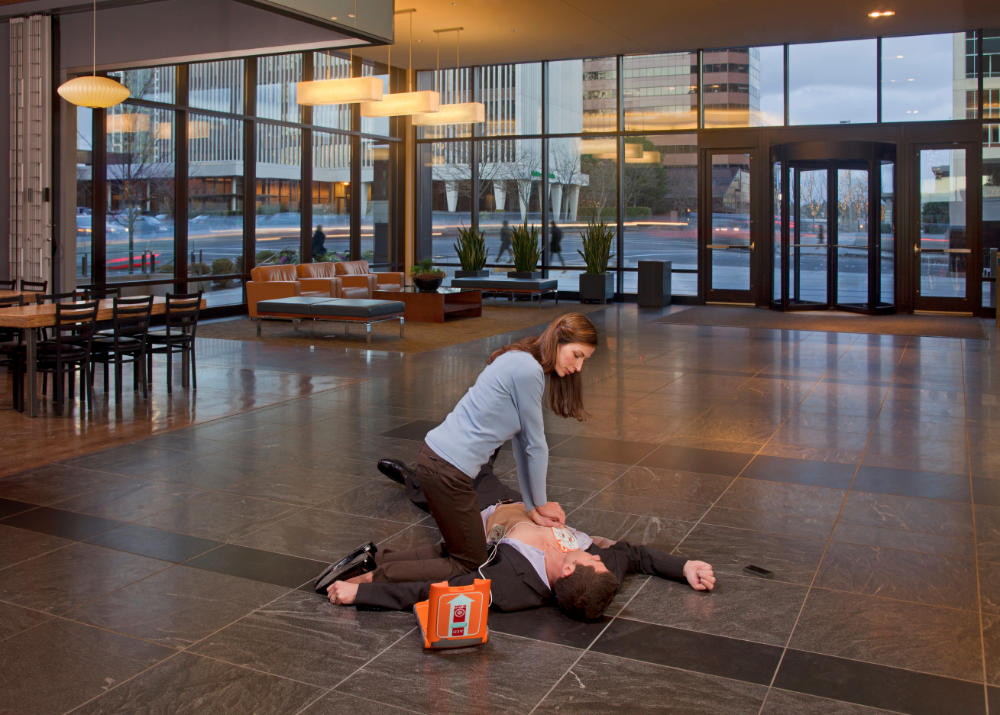
It’s true that more and more businesses are recognising the importance of Defibrillators in the workplace. Imagine a colleague collapsed on the floor, not breathing, the seconds counting down while their brain is starved of oxygen and you standing there watching it all unfold and unable to help. The phone call to their next of kin is something none of us ever want to be faced with. Simply knowing a Defibrillator is onsite at the workplace is a comforting thought against the risk of such a disaster but only 3 in 10 (30%) workers are aware of a defibrillator in their workplace and 27% of workers don’t know how to use one.
With only a reported 4,500 registered Automated External Defibrillators located in Victoria, the need for more workplaces to be equipped with a Defibrillator to handle a crisis like a cardiac arrest is clear.
Unfortunately there is no way to predict whether a sudden cardiac arrest will happen in your workplace, as they can strike equally the young and old, the fit and the unwell. The word ‘sudden’ is an extremely accurate depiction of cardiac arrest – it happens very quickly and with little warning the casualty is gasping for breath and rapidly becomes unconscious.
But how do you know if your workplace should consider installing a Defibrillator? While the Australian Resuscitation Council states having a Defibrillator is good practice, there are no current regulations or guidelines around which businesses or industries should be required to have a Defibrillator. It is up to each business to assess their needs and make the decision. To help you, we’ve prepared a guide.
Why should your workplace install a Defibrillator?
As reported by Ambulance Victoria, in 2017/18 6,434 cardiac arrest patients across Victoria were attended to – the most cardiac arrest cases ever! The average response time to these medical emergencies by Ambulance Victoria was 7.6 minutes – a significant length of time to not have any medical assistance.
In the internationally recognised initiative, The Chain of Survival, aimed at maximising survival following out-of-hospital-cardiac-arrest, early Defibrillation is listed as the third key link in the chain.

You can learn more about sudden cardiac arrest survival rates and how a Defibrillator improves the chance of survival by up to 70% here.
Can You Be Held Liable for a Defibrillator?
Those using a Defibrillator have absolutely no liability. Defibrillators are designed to administer a carefully calculated shock which will not harm the casualty. Defibrillator settings cannot be altered so there is no liability on the First Aid responder if the casualty does not survive.
An Automated External Defibrillator will also not ‘shock’ someone if they do not need it, so it cannot cause more injury than the casualty is already in. Businesses do not need to worry about a Defibrillator accidentally shocking someone or delivering a higher charge than needed, as they have been designed for the exact scenarios they are sold for – public use by everyday people.
When a Defibrillator is used in an emergency ‘The Good Samaritan Act’ is applicable. The act acknowledges that the First Aid responder did everything within their power to revive the casualty and the loss of life is at no fault of their own.
Some Important Things to Know About Owning Defibrillators in The Workplace
There are a few important things to know about AED ownership that will make having a Defibrillator in the workplace more effective at saving lives:
Location: select an accessible and visible location and install clear signage. Do not place the unit in a locked cupboard in a room away from common areas.
Set up: ensure it is properly set up. When you receive your Defibrillator, it will not be immediately activated and ready to use. Follow the steps received with your Defibrillator, such as pulling a tab and pressing a button. Not doing so will mean you lose precious seconds in an emergency and also that your Defibrillator does not perform its regular self-tests.
Training: ensure as many people as possible in the workplace are present for a demonstration or even watch a video on how to use the Defibrillator. Although training is not required to use an AED, it makes people much more comfortable to know how simple the process really is and makes them more likely to step in during an emergency.
How to ensure that your workplace is properly prepared before installing a Defibrillator
Before installing a defibrillator in your workplace there’s a few items to ensure are in place:
- The correct amount of staff are First Aid trained as required by Safe Work Australia First Aid in the Workplace Code of Practice
- Willing to perform routine, simple checks on the Defibrillator
- Willing to purchase replacement pads and batteries every few years, as required
- Staff to participate in a CPR refresher course every 12 months
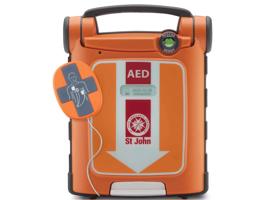
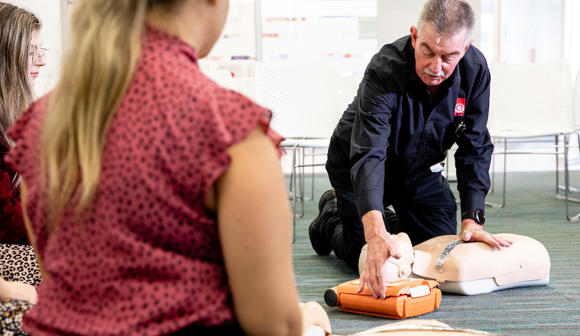
Shocktober 2023
Check out all the events we’re hosting to support Victorians this Shocktober from free CPR training, give aways and more.
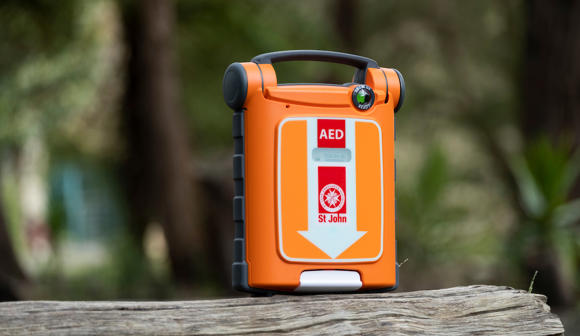
How to choose the right Defibrillator for you
Choosing a defibrillator can be hard. Read our list of things you should consider when choosing the right defibrillator for your needs.
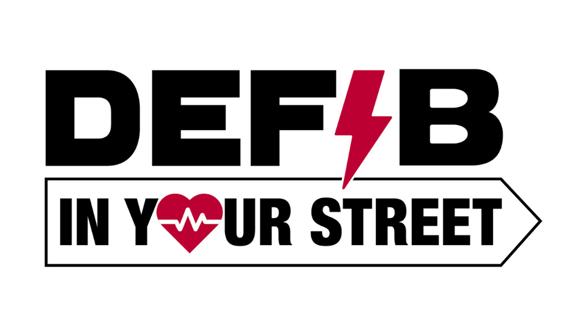
Defib in your street
After the successful launch in the Suburb of Reservoir in 2022, Defib in Your Street is currently aiming to make St Albans and the 3021 postcode the safest place in Australia to have a sudden cardiac arrest.
Find out more about the program.
